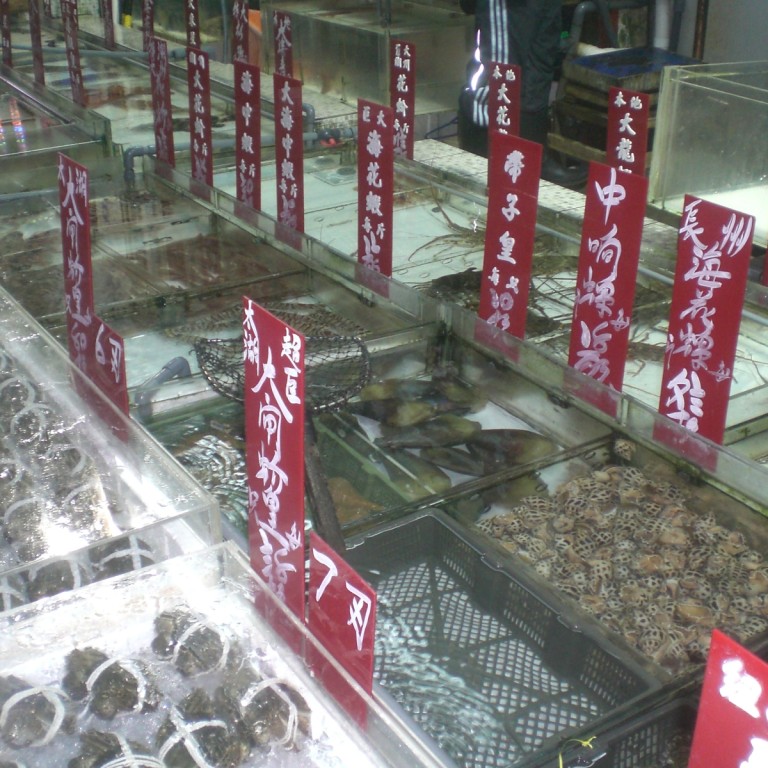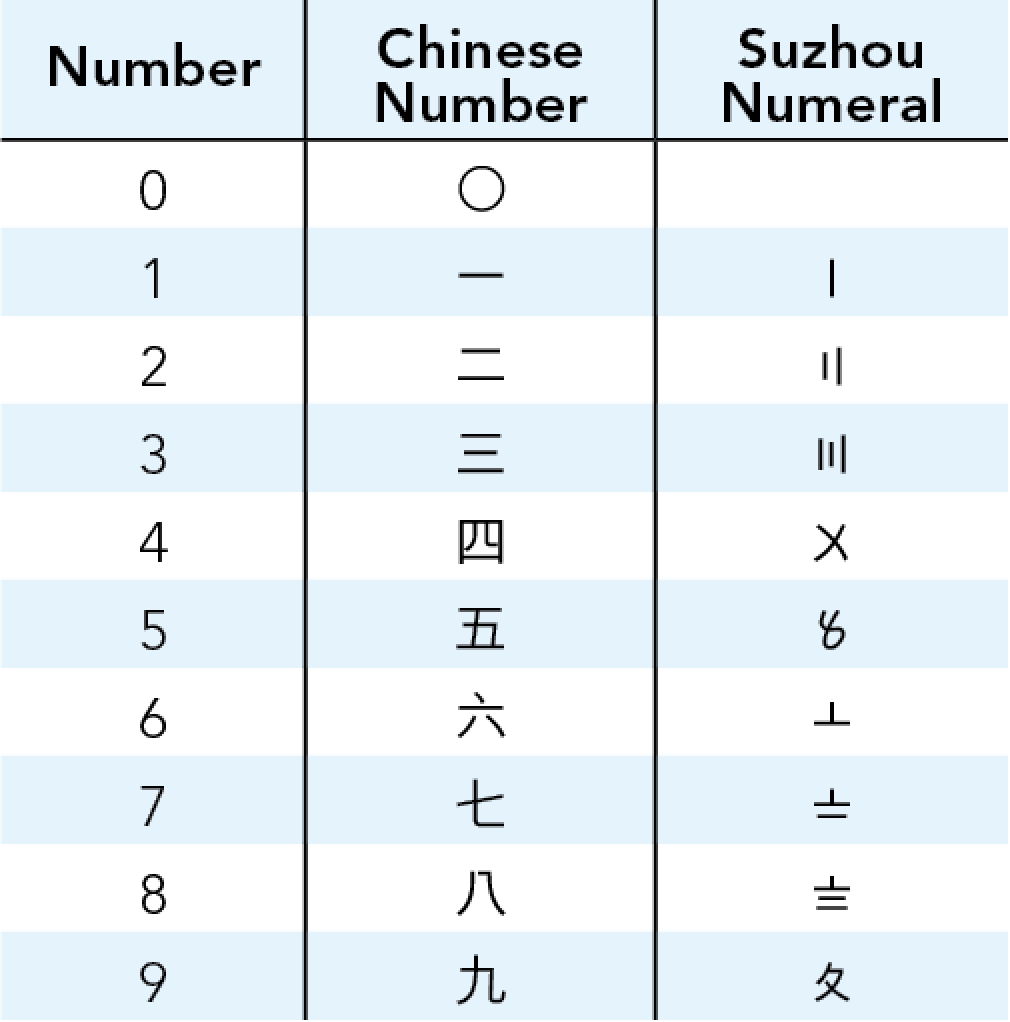
What’s the Deal With Those Funny Numbers You See in Old Market Stalls?
Those are Suzhou numerals, one of the ancient Chinese numbering styles.
Those are Suzhou numerals, one of the ancient Chinese numbering styles.
Based in turn on rod numerals, a written form of the counting rods used for calculation for more than 2,000 years in China, they were used because they were quicker to write and to scribble than the formal ideographs. That makes the system far more convenient for number-heavy situations such as accounting.
Read More: Who invented the Hong Kong egg puff?
Here’s what they look like:

Where it gets interesting is how you write them. See, Suzhou numbers change depending on where they appear.
So they’re usually written on two lines. The numbers go on the first line, while the order of magnitude and unit measurement go on the bottom. So, for example, if you see the following sign next to a basket of bak choi:

Which means two things: first, that the price is $49.50; and second, you’re getting seriously ripped off for a catty of bak choi.
Read More: What’s the Sea Ranch, that Odd Cluster of Buildings You See on Lantau on The Way to Macau?
These days Suzhou numerals don’t crop up so much around town, having been largely replaced by their Arabic or Chinese equivalents. It’s a pity, as there’s a real elegance to the strokes—especially the 4 and the 5—that you don’t find in these more modern systems. Indeed, these numerals are also known as faa ma—flowery numbers—owing to that elegance.
These numbers live on in the more old-fashioned shops and market stalls, Chinese medicine shops and on the occasional cha chaan teng wall. Keep an eye out for them next time, symbols of bygone age—and just maybe, a cheaper price.

